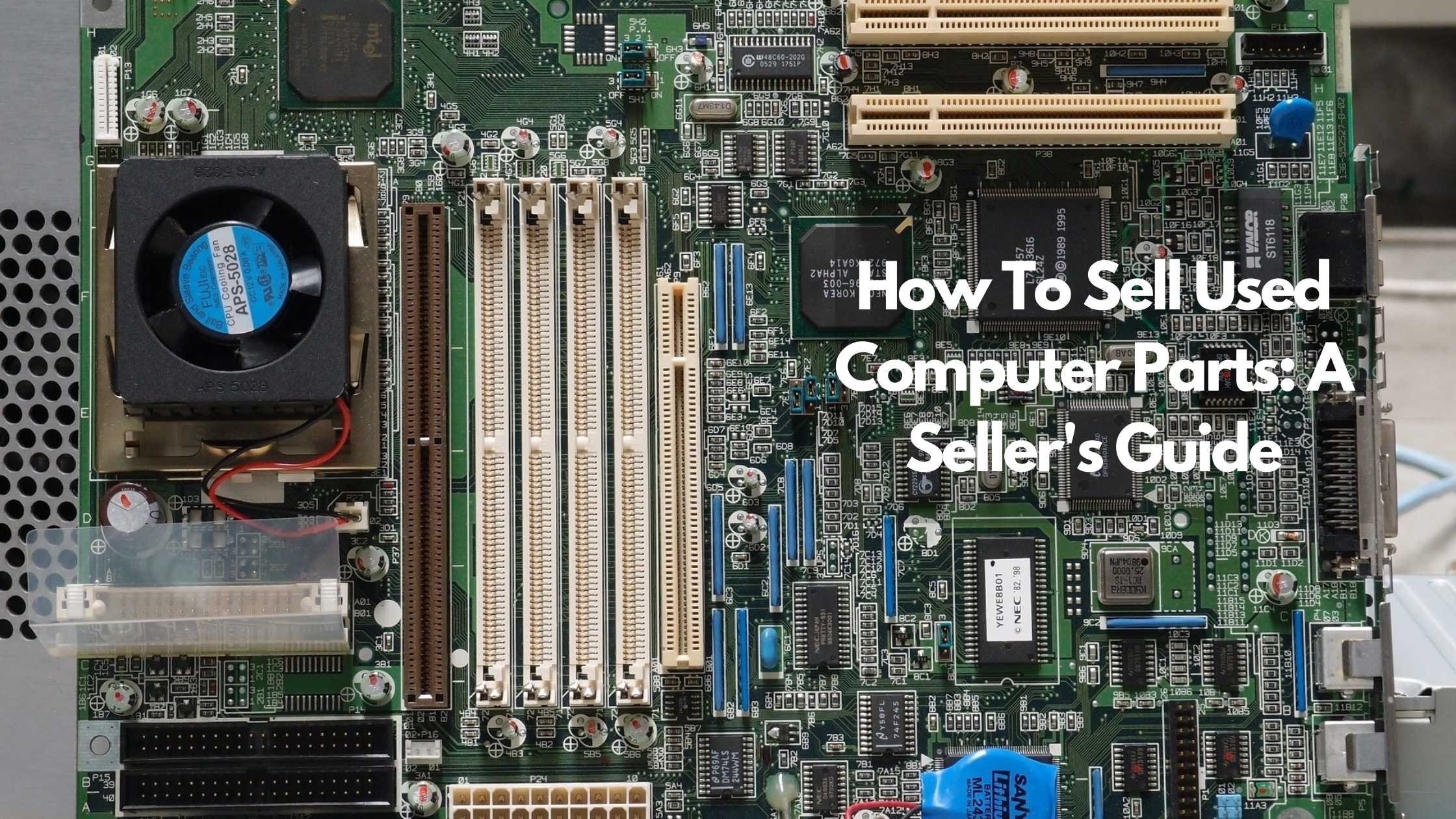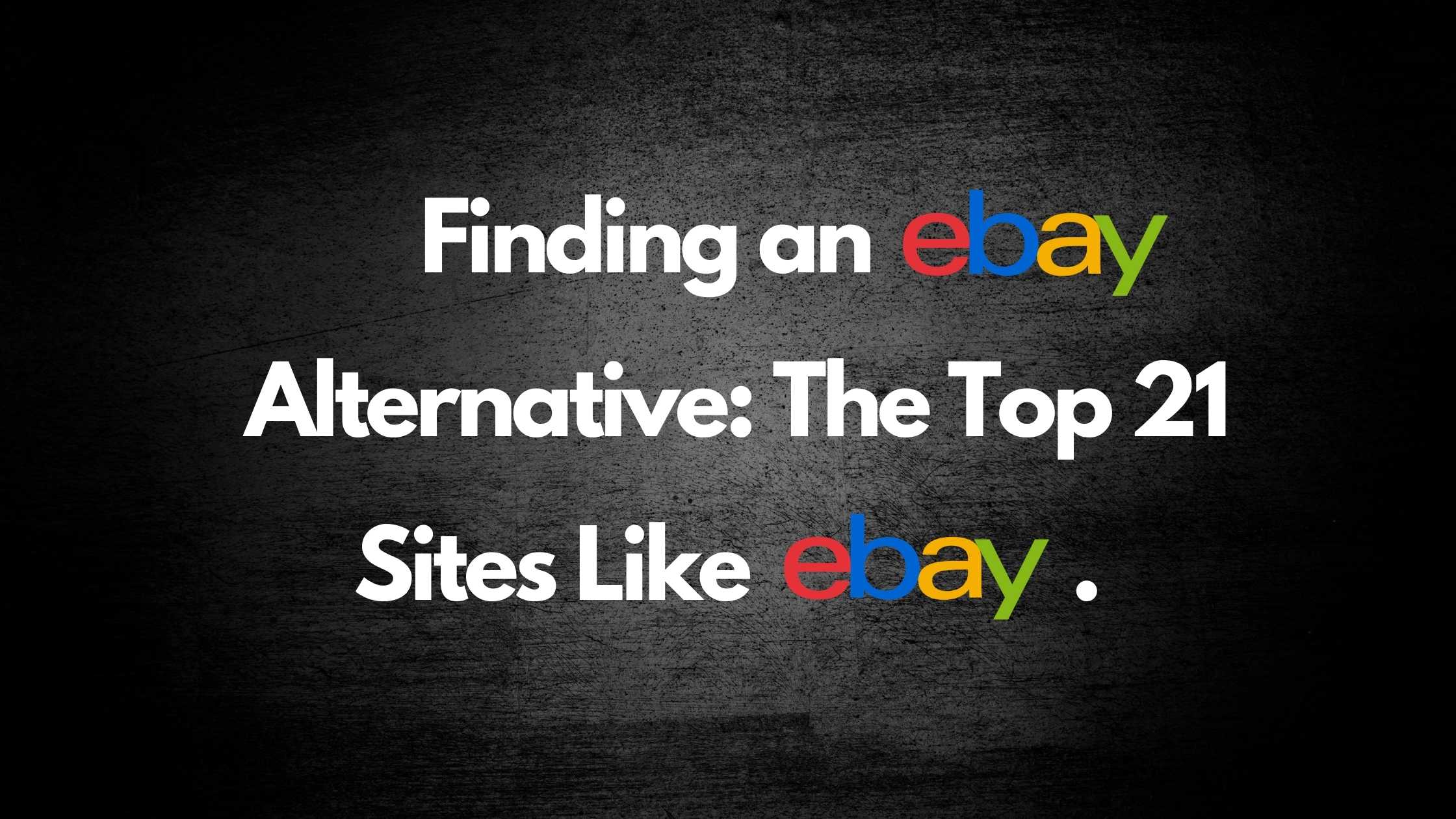
Flipping Books for Profit: My Best Book Flipping Profit System
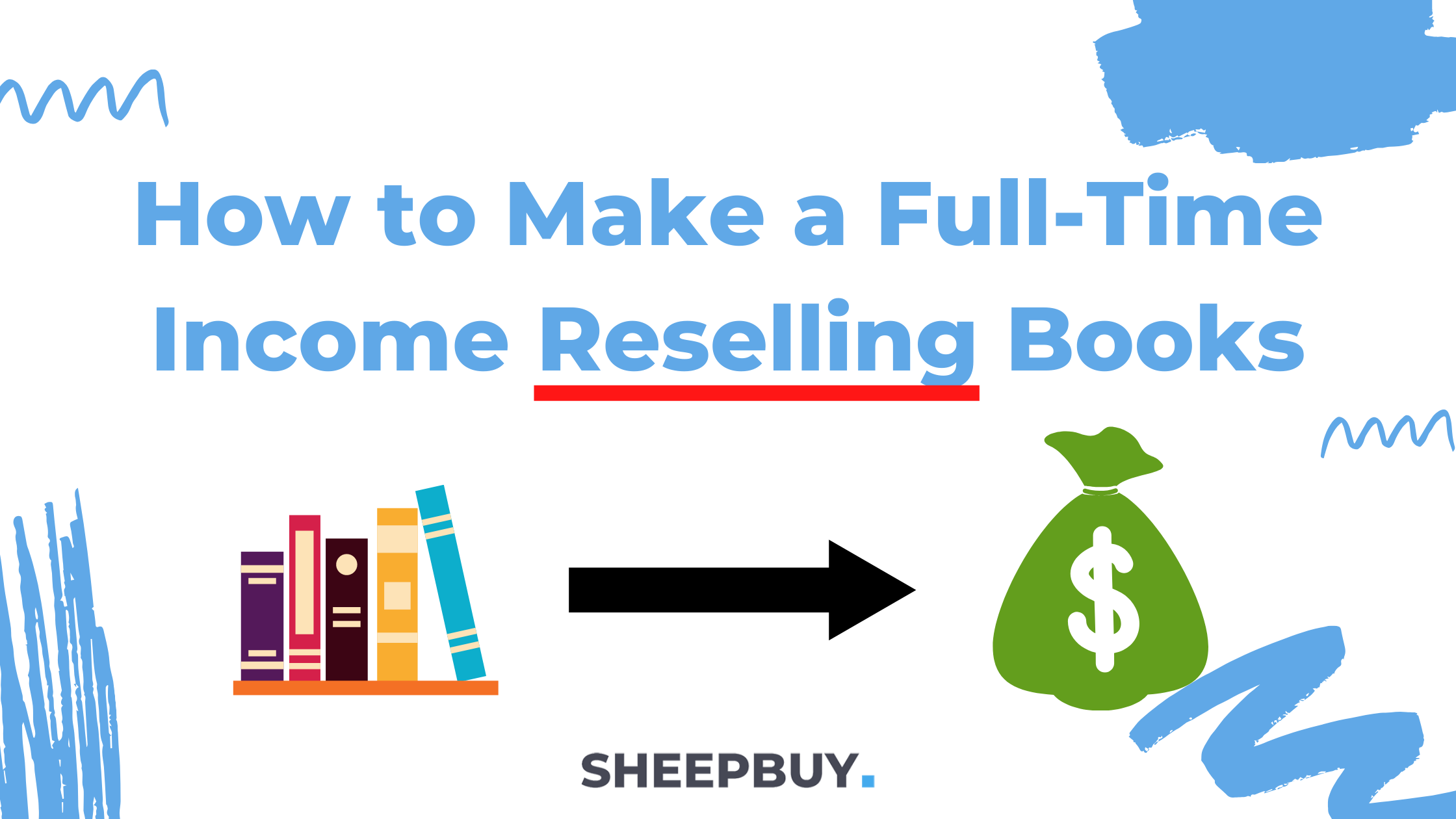
In this guide, we’ll be teaching you how you can start flipping books for profit with my personal book flipping profit system.
Nowadays, it seems like everyone’s looking for a “hustle” to delve into so they can make some extra cash.
But when you’re not an artist, a businessperson, or anything of the sort, creating your hustle might seem like quite the tall task.
But what if there were a way to make good money with only a phone, a car, and a minimum of just a few hours a week?
Well, I’m here to tell you that there is a way to do just that.
And it’s called book flipping.
What is Book Flipping?
Book flipping is a form of arbitrage — or buying and selling products for profit.
See, you’ll often find that establishments that sell books don’t actually realize the value of their books.
Take Goodwill, for example.
Do you think Goodwill’s focus is on antique books?
Nope.
But will Goodwill take an antique book if you try and sell it to them?
Of course.
Now, what happens when a Goodwill store puts an antique book up that’s worth dozens (or possibly even hundreds) of dollars?
Keep in mind: Goodwill tends to sell their used books for a couple of dollars each.
That’s right. It creates the perfect opportunity for someone to come in, buy the book for a few dollars, then turn around and sell it for its true worth.
And that person could be you.
How Much Money Can You Make Flipping Books?
Think about it: 675 million books were sold in the US alone.
Now realistically, you probably won’t find too many priceless antique books at Goodwill. But what about books that are worth $30, $40, or $60+?
Well, take a few of those books, and you’ve got yourself a reasonable sum of cash.
And while this may seem like a stretch, it’s entirely possible. Plenty of people even do this exact thing for a living.
It’s not unrealistic to make thousands per month reselling books, but you’ll need the know-how first.
And that’s exactly what we’re going to cover today.
I’m going to give you the tools and knowledge to get started on your book flipping journey, whether you want to make some spare cash on the side, or start your own full-blown book flipping business.
Click here to learn how to sell used books online: a step by step guide.
So let’s get started.
How to Start Flipping Books — Costs and Tools
Fortunately, while you do need some capital to get into it, book flipping isn’t a business idea that you’ll need stacks of cash to start.
To start your book flipping journey, here are some of the essential tools you should have at your disposal:
- Capital: As mentioned before, you’ll need some money to get you started. The more, the better, but you don’t need much to get up and running.
- A smartphone: While it’s not absolutely necessary, a phone will help you quickly find prices for books, especially before you’ve got a good grasp on the ones with value. I’ll include it here as a necessity, especially since most of us already carry a phone anyway.
- A vehicle: Unless you’ve got an excellent public transportation system, you’ll need a car and the gas to get you around.
Learn more on how much does it cost to rebind an old book.
Best Places to Find Rare & Valuable Books to Resell
Anywhere you can find lots of old stuff is a good start.
The first thing to note is that you probably won’t get too many good finds in actual book stores. This is because if a store specializes in books, they’ll likely know each one’s real value and sell it accordingly.
You’ll want to look in places that have used books but don’t specialize in them. A few great examples are thrift stores and garage sales.
Bonus points if the town or city you’re book hunting in has historical relevance, as you’ll be much more likely to find antiques and rare books in them.
But even your average Goodwill might have some decent finds if you keep your eye out.
Remember, you don’t necessarily have to have the most expensive books out there to make good money. Even a handful of decent finds will net you a decent lump of cash.
How to Determine if a Book is Worth Selling
When flipping, the majority of books that you’ll find aren’t going to be worth selling. You need the ones that will bring in a decent margin, so how do you even guess the value of a book?
Unfortunately, it’s going to take a bit of time to get a grasp on book value offhand, but while you’re building that knowledge, you can use a few tools to help out.
See, for newer books, you can use a scanning app to find the price online quickly and easily.
Thought for the older (and often more valuable) books, you’ll still need to do some homework and study up on your prices.
And this is where you can get the edge over your competition. Most of your competitors are going to stick to just scanning barcodes, and while this can make you some decent money, especially at the start — imagine the advantage you’ll have if you know the value of books without having to scan them.
This is even truer when you consider the fact that many of the more valuable books you’ll find are old enough that they won’t have barcodes anyway.
And if you ever come across an old title that you don’t know the price of, you can always do a quick search online to help build up your knowledge base.
Click here to learn how much do used bookstores buy books for.
The Most Valuable Books to Look for at Thrift Stores & Garage Sales
While we won’t go over a comprehensive list, here are a few things to look out for:
- Books by famous antiquated authors – Think Edgar Allen Poe and the like.
- Antique books – These are titles that are usually at least 100 years old. Many of them are highly sought after by the collector crowds, especially if they’re in good to great condition.
- First editions – The first editions of many books go for much more than the average copy of that same title.
- First prints – Even more valuable than a first edition is a first edition first print. These are the copies of books that are from the very first round of printing before any reorders. If you can get your hand on one of these, you might be in for a handsome profit.
To give a quick example of how valuable first prints can be: A first print, first edition of Harry Potter and The Philosopher’s Stone goes for $40,000+. (Yes, really)
Managing Your Book Inventory
Try not to let your inventory turn into this.
In the beginning, managing your inventory could be as simple as reserving a closet for your finds. But if you decide to turn this into a full-fledged business, then you’ll have to allocate a bigger space to store your books.
Remember that wherever you store your books should be relatively humidity-free. You wouldn’t want the books to get ruined while they’re sitting around.
Besides that, keeping things in a very organized fashion is going to help you save time and effort in the long run. Things like storing in alphabetical order and keeping a spreadsheet of your inventory are all going to make shipping much less of a hassle.
Considering Whether to Repair or Restore Old Books
If a book is torn to shreds, it’s very likely that you should move on. (Unless you’ve found a truly priceless piece)
In general, look for books that are in good enough condition to sell without any extra work. Because in the time it took to get a book repaired, you probably could’ve found enough books in good condition to make up the difference.
So before deciding to restore a book, ask yourself: “Is this book worth the time and money I’ll need to invest in it, or could I spend my time more efficiently elsewhere?”
Where to Resell Your Books for the Most Profit
Now that you’ve got some inventory — be it a full room of books or just a shelf-full, you’ll need somewhere to sell them so you can get to the money-making part of this whole book flipping ordeal. (which, in our opinion, is one of the most fun parts)
So this is where you’ve got to ask yourself where you want to sell the books.
And for book flipping, you’ve got a few choices.
For instance, there are online marketplaces like Amazon or eBay, which both have their benefits and drawbacks.
The benefits?
Well, with websites like these much of the work is done for you, you’ve just got to create your listing and wait for potential buyers to come along.
The drawbacks?
The first drawback is that both of these platforms take a cut from any sale you make, which isn’t a factor when you’re selling on your own website. The second is that you don’t own the platform you’re selling through, so you’ve got much less control over your listings. (Not to mention how oversaturated these platforms can get.)
Then you’ve got the option of making your own website.
The benefit of having your own website is that you’ve got full control over almost everything. This also happens to be the biggest drawback. Creating and maintaining a full-fledged website is a big endeavor, especially for those just getting into book flipping.
We recommend using Sheepbuy to flip your books.
Why?
To put it simply, Sheepbuy takes some of the best factors of each and combines them into one.
You’ve got full control over your listings, get to work directly with your customers, and don’t have to take a cut out of your sales — all on a pre-built and well-maintained platform.
How to List Your Book Online (The Right Way)
The way you set your listings up is going to be the difference between making a handsome profit and taking a loss.
See, without proper listings, you’re going to come into a few problems.
First, people are less likely to buy from you in the first place.
Low-quality listings = Fewer sales
And second, the people who do buy are much more likely to file for a return if the book wasn’t listed well.
So to avoid these problems, let’s get into how you can create a stellar listing.
Determining the Condition of the Book
Here’s an important one. The last thing you want is an agitated customer with unmet expectations.
It’s vital that you’re clear on the condition of your books if you want to avoid as many refunds as possible.
And there’s a simple way to do this:
Set a guideline on your website for each “level” of condition.
Everyone has slightly (or not so slightly) ideas of what “used” or “mint” conditions mean. So rather than letting your customers guess, let them know beforehand.
The first way to do this is by having clear pictures and a well-written description. (More on descriptions below)
The second way is to have a list for each term you’ll use for the condition of your books; here’s an example:
Mint: Perfect condition – No scratches, scuffs, or imperfections.
Slightly Used – Very Minor Scuffs, slight discoloration on pages
Used – Minor Scuffs, moderate discoloration, somewhat bent pages
Worn – Faded Images, possible bends, and tears in pages,
And so on…
Your list doesn’t have to look exactly like that, how you define condition is up to you, but it may help to take some cues from other stores in similar niches like yours.
And we wouldn’t suggest stopping at just a single word for the condition — make sure to accurately describe any defects on the book so buyers can make a judgment before they order rather than after.
And remember, a list like this won’t stop every refund from happening. Still, it’ll certainly set customer expectations in the right spot to help you avoid the majority of would-be refunders.
How to Price Your Book
If you’re dealing with anything super rare, it may be in your best interest to get it professionally appraised.
But most books aren’t super rare, so pricing tends to be fairly straightforward.
There are likely lots of listings for each book you find on various marketplaces around the web.
An easy way to price your book is too look through some of these listings. Look at the ones that have sold, the ones that haven’t sold, and everything in between.
Generally, unless you’re dealing with that aforementioned rare find, stick closer to the prices of listings that are selling; if you try and highball the price, you’ll likely be sitting on your inventory for much longer.
Figuring out Shipping Costs for Book Flipping
Shipping costs are going to vary widely depending on your business model.
Are you only going to serve domestically? Or do you plan on shipping books to anywhere in the world?
And another thing to consider: Who’s going to cover the shipping costs: You or the customer?
Whichever way you pick, the USPS offers a handy tool to help you figure out the exact prices of shipping. (If you’re shipping from the US, that is. If you’re operating from another country you’ll have to use your own postal service’s website)
How to Ship Your Books
For book flippers, safe and secure shipping should be something you’ve got nailed down — especially when you deal with antiques. The last thing you’d want is to ruin things with any historical value. (plus likely getting an unhappy customer and a refunded order in the process!)
Here are a few tips for packing your books safely, these tips are doubly important if you’re shipping antiques:
- Always aim to pack books on their side, and if that’s not possible, place them spine-down.
- Use lots of padding and packaging materials like clothes, papers, towels, and wrap. (And make sure they’re acid-free too!)
- Aim to wrap and pack each book separately, if possible.
- Once wrapped, put the book and padding into a sealable plastic bag to protect them from moisture
- Take pictures before sending the book, so you’ve got proof of its original condition.
- If the book you’re sending is very valuable – Get Insurance for it to avoid big losses
- Use lots of tape to keep the package from coming undone while it’s in transit
Deciding on a Return Policy for Your Online Thrift Book Store
Just like with most things, there’s no one right answer here.
You can 100% run an online book store without any returns allowed.
You can also run a book store with indefinite returns allowed under any circumstances.
But neither of these are optimal; it’s all about striking a balance between practicality and keeping your customers’ best interests in mind. So with that being said, where is the sweet spot?
Our recommendation would be to include a few things in your return policy:
- At the very least, if the book is damaged or lost in transit, customers should be able to return it and get their money refunded. (With proof of damage/loss upon delivery, of course)
- It’s in your best interest to set a time cap on returns, for instance, seven days from delivery should be enough time for most customers to file a return if they’ve noticed damage or change their mind on the purchase.
- If you permit refunds on non-damaged or lost books, ensure that you receive the books in the same condition you’ve sent them in, or else the refund should be void.
Organizing your Book Flipping Business — Creating a Consistent Process
Here’s the thing:
If book flipping is just going to be a hobby for you, then feel free to approach it however you’d like. It’s all about fun and making some extra cash on the side in that case, so no need to sweat over anything.
But…
If you plan on making a living off of book flipping, a structured approach is in your best interest. Just playing by ear isn’t going to cut it when you’ve got bills to pay and mouth(s) to feed.
Not to worry, though, structure doesn’t have to be boring, and it doesn’t have to make things tedious. In fact, your book hunting sessions will likely go much smoother and quicker once you’ve got a process you can rely on.
In a way, you can put your money-making on autopilot. All you have to do is follow your process and be consistent about it.
So how do you bring consistency to a rather inconsistent business, like book flipping?
The first thing to note is that your process is your process. Some of the things on this list might not work for you, and that’s okay. It’s all about finding the things that make sense for your situation.
Think of this as a trial-and-error experience; always be looking to make your process more efficient and suited to you.
And with that out of the way, let’s get into a few tips for crafting your own process:
Tips For Creating Your Process
- First, look to do your work at a consistent time each day. For instance, on Mondays through Wednesdays, you might want to go book hunting from noon to 5 pm. Try to keep your work at the same time every day, so you’re more likely to stay consistent about it.
- Second, make your book hunting into an organized ordeal. Don’t just roam around looking for new places to search around in. Use some of your time to research new locations and keep a list of them.
- As mentioned above, keep your inventory well managed and organized. You don’t want to go digging for 20 minutes every time you sell a new book. This will help you spend your time more efficiently and save it for more important tasks.
- When posting your books, create a template to work off of. Don’t write a brand new description for every book. Create one really awesome description format and use it as the template for all of your listings. (This one will save you tons of time and energy.)
If you haven’t noticed the trend by now, the key here is to turn everything into a process.
Once you’ve got a system, you’ll be able to get things done much quicker and more efficiently than if you were to constantly improvise.
How Long Will it Take for Book Flipping to Pay Off?
This one really depends on a few things — luck included.
If you’re super lucky, you could be one to find a super valuable antique book on your first hunt.
But the more likely turn of events is that you find a few moderately priced books that you can turn around for some decent money.
The good news is that you don’t need to find any priceless, super-rare antiques to make flipping worth it.
The factor that makes a much bigger impact than luck is your effort and consistency.
Want to make a living off of this? That’ll probably take you a bit to get up to speed, but if you put in the work, those results might be closer than you think.
Or are you just looking for some spare cash? Because you could come out of your first few hunts with a sizeable lump of spare bills to do with what you please.
Conclusion
And there you have it, now that you’ve got the know-how, you’re already well on your way to making some extra cash (or a living!) from flipping books.
It’s not nearly as hard as you might think; you could even get started within the week. (Did we mention that you can get started on Sheepbuy for free, with no commissions?)
So get out there and start flipping!
Recommended Blog Posts:
TRENDING


Online Arbitrage for Beginners (Step-by-Step Guide)
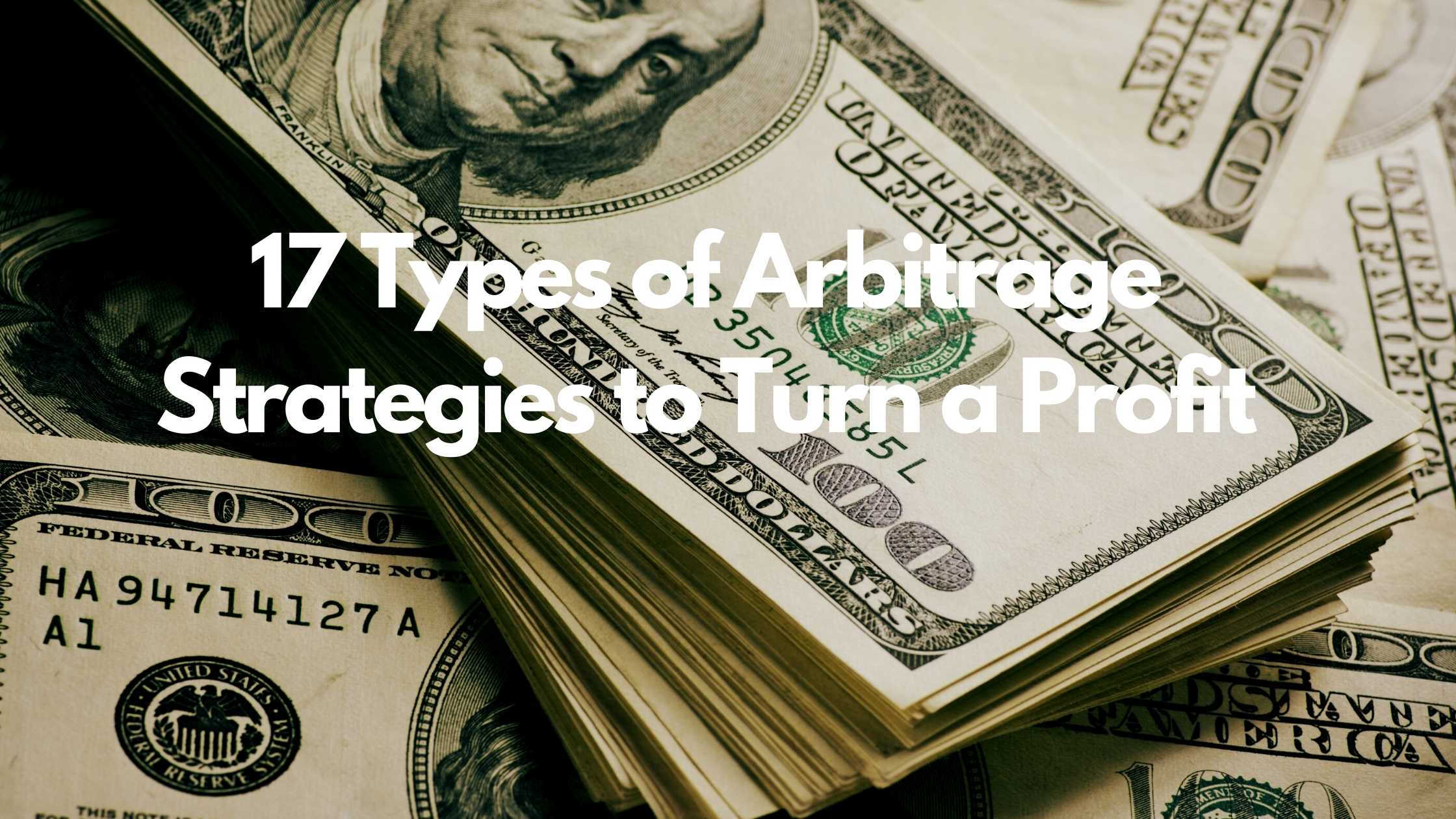
17 Types of Arbitrage Strategies to Turn a Profit
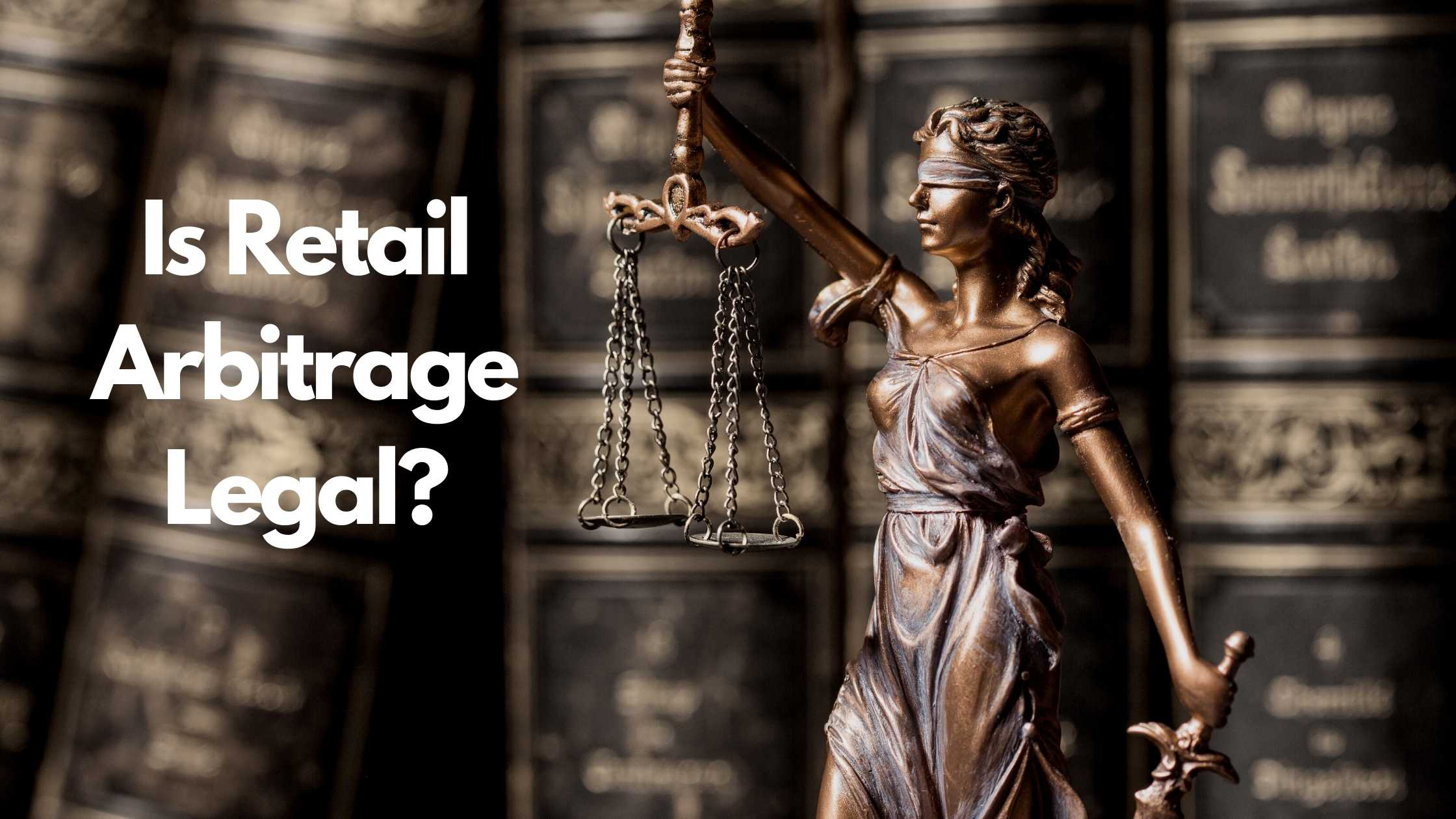
Is Retail Arbitrage Legal?
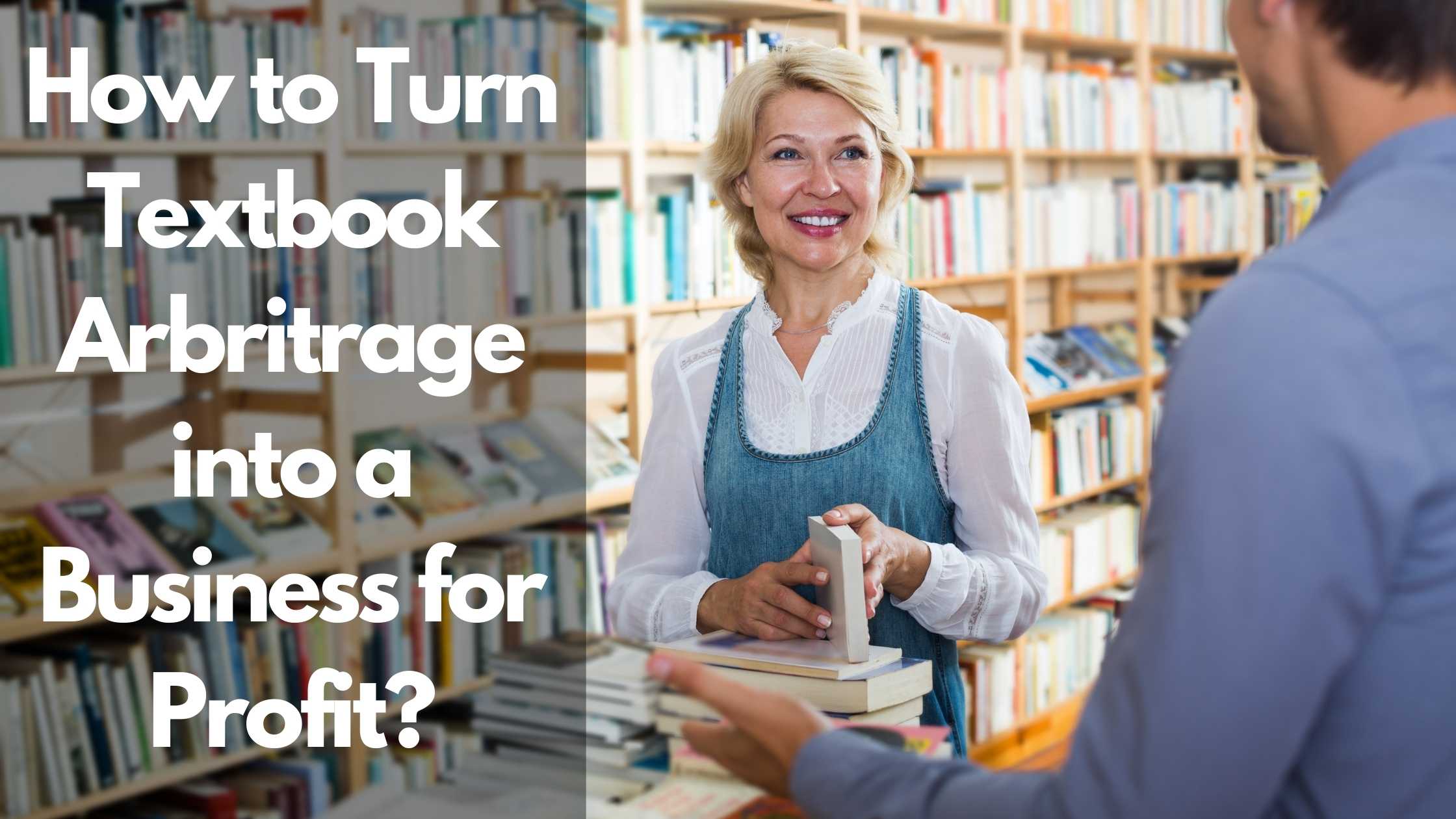
How to Turn Textbook Arbitrage into a Business for Profit
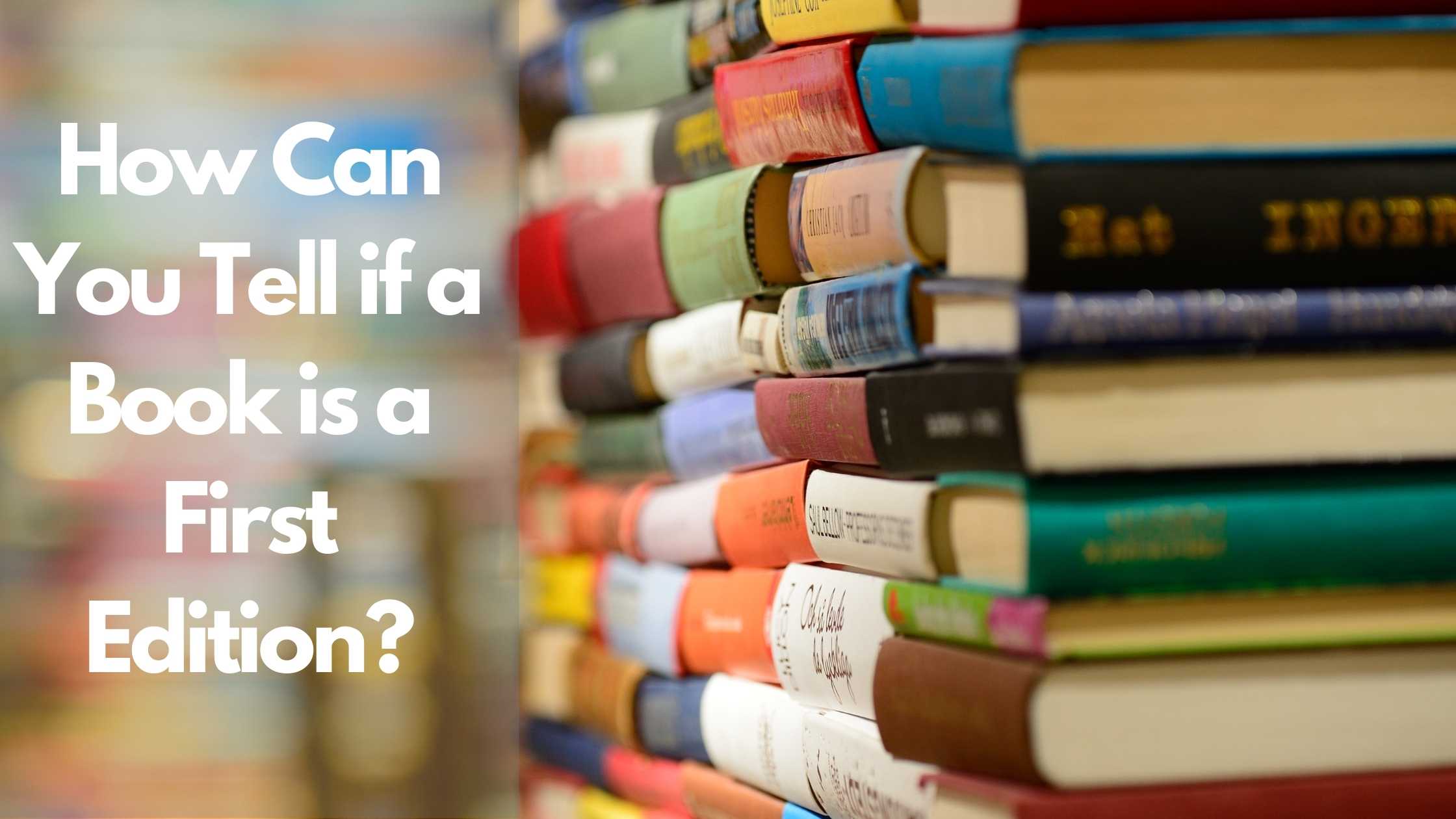
How Can You Tell if a Book is a First Edition?

What to Do With Your Jigsaw Puzzle When Finished?
